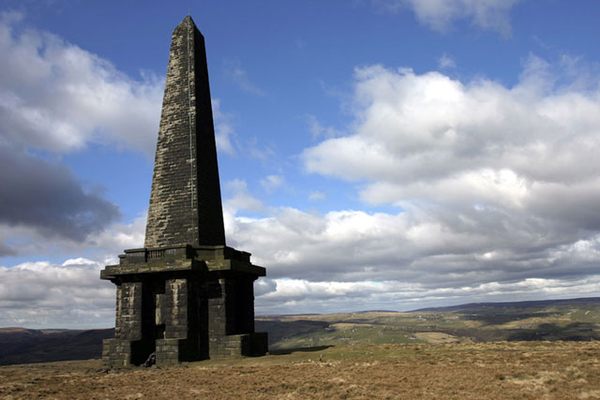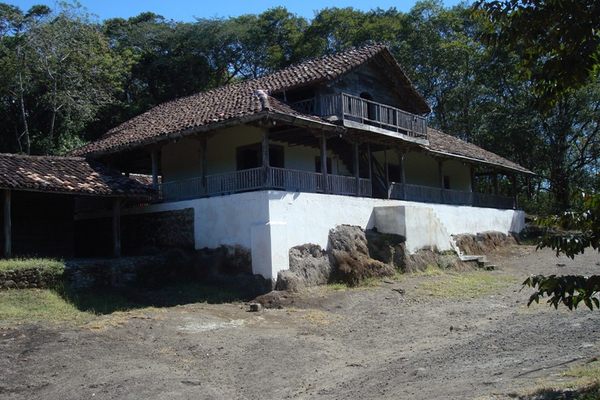About
Sitting atop a 1300-foot hill, the only structure piercing the weathered horizon, Stoodley Pike Monument commands attention and catches the eye, even — or maybe especially — from a distance. And, in appropriately British fashion, the only way to check it out once its piqued your curiosity is to put on some sturdy shoes and go for a ramble.
The 121-foot monument was built upon the summit of Stoodley Pike in 1856, marking the end of the Crimean War. The project began in 1854 to replace a previous monument on the hill that had collapsed that year (by a strange coincidence, on the same day that the Russian ambassador left London as attempts to keep British forces out of the war failed).
The previous monument had commemorated the defeat of Napoleon, with construction beginning in 1814 (after the Allied capture of Paris) and reaching completion in 1815 (after the Battle of Waterloo). It had fallen apart after sustaining a lightning strike, as well as decades of unchecked exposure to the elements.
Stoodley Pike Monument stands on the Pennine Way trail, which was built in 1965 and was the UK's first National Trail. It's also accessible by various Right of Way footpaths and other tracks through the surrounding Access Land. These are two legal designations that protect people's freedom to roam in the UK, where wandering around in the countryside is a popular recreation activity.
The monument contains an internal spiral staircase of 39 steps which affords access to the 40-foot-high balcony, and its panoramic views of the surrounding area.
Related Tags
Know Before You Go
There is no vehicle access to the monument but there are walking routes from Hebden Bridge, Todmorden, Cragg Vale and Mankinholes. Those feeling less adventurous can enjoy a long distance view from Todmorden.
Published
June 27, 2016
























